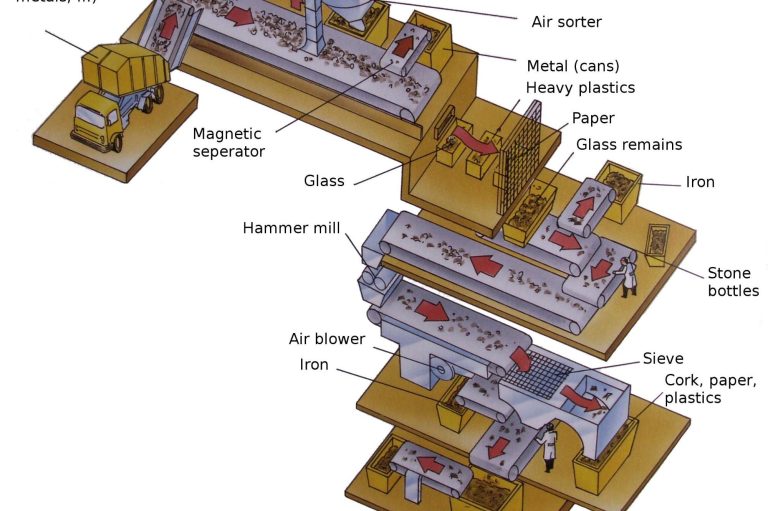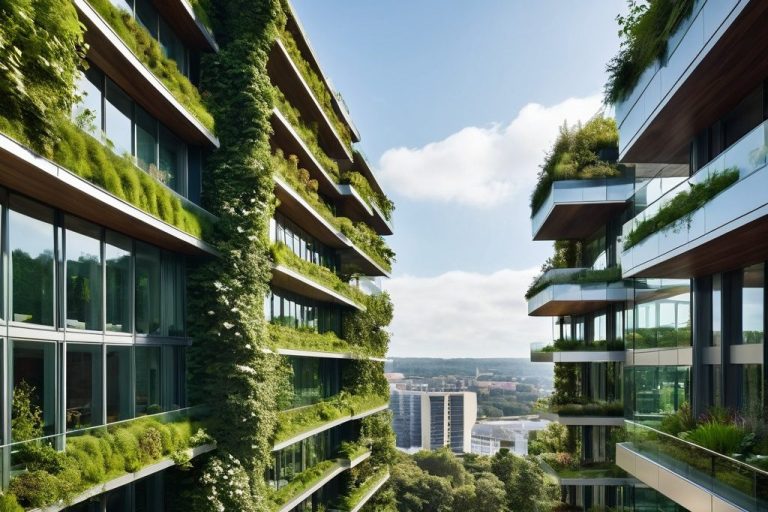Sustainable Technology Solutions
Designing a sustainable complex that integrates renewable energy, water independence, and waste remediation requires a holistic approach that considers energy efficiency, resource self-sufficiency, environmental impact, and community well-being. Here’s an overview of how Ninurta Enterprises Corporation (NEC) designs such a complex:

Solar Power
Utilize solar photovoltaic (PV) panels for electricity generation on rooftops, parking areas, or facades. For maximum efficiency, employ solar tracking systems or integrate high-efficiency PV cells. https://youtu.be/xKxrkht7CpY?si=f2ZivU4x2_PvVaNk

Wind Turbine
If wind resources are viable, small-scale wind turbines can complement solar systems, especially in regions where wind patterns peak during nighttime or non-sunny hours. https://youtu.be/MrmASjNexdc?si=G-S-cxz-51eyoaQB

Geothermal Energy
For regions with accessible geothermal resources, utilize geothermal heat pumps for heating and cooling. Ground-source heat pumps provide an efficient way to stabilize building temperatures year-round. https://youtu.be/4S3aiMxfwhY?si=_2naoSUUfsOtZ5ab

Energy Storage
Incorporate energy storage systems, like lithium-ion or solid-state batteries, to store excess power and ensure reliability. Larger systems might use green hydrogen technology for energy storage, allowing for long-term energy reserve capacity. https://youtu.be/Xu0ZadsM-f8?si=GR7kYnfIEoRER9uX

Smart Grid Integration
Design the complex to function as a microgrid. By using demand response technology and smart metering, the complex can control and optimize energy use and potentially sell excess energy back to the main grid. https://youtu.be/6Bh6MXHqL7k?si=0xbr10ccd9WN1DDt

Atmospheric Water Generation (AWG) Systems
Site Evaluation for AWG Suitability: Analyze local climate and humidity to determine feasibility and efficiency of AWG. Regions with moderate-to-high humidity levels are best suited for AWG, as moisture levels directly impact yield.
AWG Technology Integration: Use a combination of desiccant-based and cooling-condensation AWG systems to extract water from the air. Desiccant-based AWG systems can be more effective in low-humidity regions. https://youtu.be/_Oi3tdB4i3o?si=ET0buzru48d4uklg
Water Management Systems & Waste Remediation and Management
.

Water Treatment and Storage
:Filter and treat harvested water to meet potable standards, and store it in underground or rooftop reservoirs. Integrate advanced filtration like UV and reverse osmosis (RO) systems to ensure safety and reliability. https://youtu.be/djo7-OtnPE4?si=fd0133K7TfL018D8

Smart Water Management
Deploy IoT sensors and automated water management systems to monitor usage and detect leaks. Reclaim and recycle wastewater for non-potable uses, like landscaping or toilet flushing, using greywater systems.https://youtu.be/pXaXjzbccPo?si=WSS9VP8MMFucqoqX

Waste Remediation and Management: On-Site Waste Treatment
Install anaerobic digesters to break down organic waste, producing biogas for energy and digestate for fertilizer. This process reduces methane emissions while creating useful by-products. h ttps://youtu.be/gUj827ioDnw?si=oY8lppFA9RGasBk4

Composting Facilities
Implement communal composting systems for food scraps and organic waste, especially for residential and commercial units with high organic waste output. The compost can be used for landscaping within the complex or nearby community gardens. https://youtu.be/_xjvnaWw1qE?si=CQn7qJDtXcT-p1Dp

Recycling and Material Recovery
Include dedicated recycling centers for metals, plastics, and paper products, along with education on proper sorting. Integrate smart waste bins that use AI to sort recyclables and reduce contamination. https://youtu.be/cNPEH0GOhRw?si=usTvVGV7lT2AERji

E-Waste and Hazardous Materials
Establish protocols for the safe disposal and recycling of electronic and hazardous materials, partnering with certified recycling centers or services as needed. https://youtu.be/U3KUJTDPsSE?si=4Tdoakft7NwWEPQA
Sustainable Building Design
.

Waste-to-Energy Systems
For large-scale complexes, waste-to-energy (WtE) incineration could be considered, though this should be done with advanced filtration to avoid air pollution. https://youtu.be/CBqx8t-YLrw?si=OOCulE_k7SJxIjEF

Passive Design Strategies
Use natural ventilation, strategic shading, and thermal mass to reduce energy loads. Orientation, building materials, and design should optimize sunlight and airflow, reducing dependence on HVAC systems. https://youtu.be/_3LewQZiI70?si=Ne14gOj7wQTb45uA

Insulation and High-Efficiency Windows
High-quality insulation materials and triple-glazed windows can significantly reduce heating and cooling needs. https://youtu.be/sXUYPtm9MJA?si=Kv_m0falsd_orxTO

Green Roofing and Vertical Gardens
Incorporate green roofs and living walls to improve insulation, enhance air quality, and support biodiversity. Use native plant species to reduce water use and create low-maintenance green areas. https://youtu.be/1-BjnYuVqD8?si=A5IYBIzVbGlVKwpV

Building Materials
Use recycled, reclaimed, or low-embodied-energy materials in construction, such as recycled steel, bamboo, or rammed earth. Design modular, flexible spaces to allow for future reconfiguration and reuse. https://youtu.be/lGf28iMSRW8?si=5LPTZDW3vIxwkHm9

Educational Programs
Offer resources to educate residents, employees, and visitors on sustainability practices. This could include workshops on waste sorting, energy conservation, and sustainable landscaping. https://youtu.be/X0zxvYwOvns?si=FEmPWsFb9RcEqEIN
Community Engagement and Education
.

Educational Programs
.
Offer resources to educate residents, employees, and visitors on sustainability practices. This could include workshops on waste sorting, energy conservation, and sustainable landscaping. https://youtu.be/X0zxvYwOvns?si=eAeorWR--1wrIr-r

Community Sharing Models
.
Encourage shared resources like communal gardens, bike-sharing programs, and shared office spaces to reduce the need for individual ownership and promote sustainability. https://youtu.be/ASpE8qfcRE0?si=6AmyQBsnZ3Quz_YB

Transparency and Feedback
.
Use smart technology dashboards to show real-time energy use, water savings, and waste reduction metrics to encourage community involvement and provide feedback on sustainability goals. https://youtu.be/EBT1mnLMPmI?si=wGXi98tU2T3h8MrU

Sustainable Complex Development
.
By combining these components, a sustainable complex can be largely self-sufficient, reducing its reliance on local resources while lowering its environmental footprint. Integrating smart technology can further optimize the systems, ensuring the complex adapts to changing conditions and needs over time. https://youtu.be/ZMn-bCdThEg?si=xHpM46YoAdp_lsiH